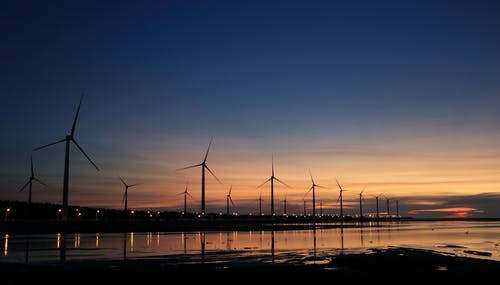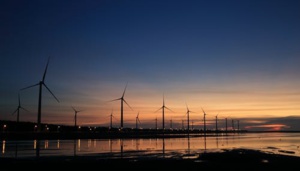Dailycsr.com – 29 November 2020 – Now Crown Holdings, Inc. is running all its fourteen Canada and U.S based beverage can plants on renewable energy, whereby becoming the “first metal packaging manufacturer” to arrive at the said milestone following a “15-year wind power Virtual Power Purchase Agreement” with “Longroad Energy”.
At present, given the VPPA in place along with all of U.K. based manufacturing facilities of Crown already “completing a similar transition”, the company is running “27.5%” of its global operations on renewable energy. Following this rate of transition into alternative energy, Crown aims to use “60% renewable electricity by 2030, 90% by 2040 and 100% by 2050”.
According to Crown’s press release:
“The action also supports Crown’s Twentyby30 goal to decrease Scope 2 greenhouse gas (GHG) emissions within its global operations, targeting a 50% combined reduction in absolute Scope 1 (fuel) and Scope 2 (electricity) emissions. The transition reflects Crown’s commitment to the RE100, which is led by The Climate Group and CDP and focuses on accelerating the transition to zero carbon grids at global scale”.
VPPA relies on a wind farm based out of Texas and generated over “440,000 MWhs of electricity”, as a result it helps to prevent more than “310,000 metric tons of carbon emissions” on an annual basis. The green energy cancels off “100% of the energy usage within Crown’s U.S. and Canadian beverage plants” accounting for more than twenty percent of the “Scope 2 greenhouse gas emissions” of the company.
In the words of the vice-president for “Global Sustainability and Regulatory Affairs” at Crown, John Rost, Ph.D.:
“This VPPA, which makes us the first in our industry to complete an energy transition for all U.S. and Canadian beverage can manufacturing facilities, is a major milestone on our journey to utilize 100% renewable electricity by 2050 and will play a critical role in reducing GHG emissions from our operations. Making a pledge to the RE100 initiative, setting science-based emission reduction targets and now implementing wind power across our U.S. and Canadian beverage plants—these are all actions we view as critical for driving measurable progress against climate change for our planet.”
References:
3blmedia.com
At present, given the VPPA in place along with all of U.K. based manufacturing facilities of Crown already “completing a similar transition”, the company is running “27.5%” of its global operations on renewable energy. Following this rate of transition into alternative energy, Crown aims to use “60% renewable electricity by 2030, 90% by 2040 and 100% by 2050”.
According to Crown’s press release:
“The action also supports Crown’s Twentyby30 goal to decrease Scope 2 greenhouse gas (GHG) emissions within its global operations, targeting a 50% combined reduction in absolute Scope 1 (fuel) and Scope 2 (electricity) emissions. The transition reflects Crown’s commitment to the RE100, which is led by The Climate Group and CDP and focuses on accelerating the transition to zero carbon grids at global scale”.
VPPA relies on a wind farm based out of Texas and generated over “440,000 MWhs of electricity”, as a result it helps to prevent more than “310,000 metric tons of carbon emissions” on an annual basis. The green energy cancels off “100% of the energy usage within Crown’s U.S. and Canadian beverage plants” accounting for more than twenty percent of the “Scope 2 greenhouse gas emissions” of the company.
In the words of the vice-president for “Global Sustainability and Regulatory Affairs” at Crown, John Rost, Ph.D.:
“This VPPA, which makes us the first in our industry to complete an energy transition for all U.S. and Canadian beverage can manufacturing facilities, is a major milestone on our journey to utilize 100% renewable electricity by 2050 and will play a critical role in reducing GHG emissions from our operations. Making a pledge to the RE100 initiative, setting science-based emission reduction targets and now implementing wind power across our U.S. and Canadian beverage plants—these are all actions we view as critical for driving measurable progress against climate change for our planet.”
References:
3blmedia.com


 Crown Is The First Beverage Can Manufacturer To Use Renewable Energy In All Its Units
Crown Is The First Beverage Can Manufacturer To Use Renewable Energy In All Its Units





 Companies
Companies